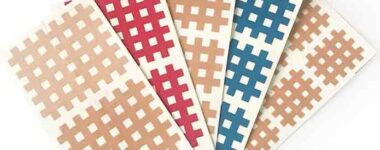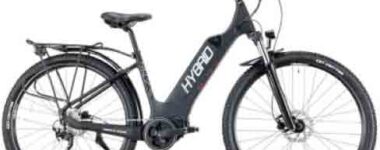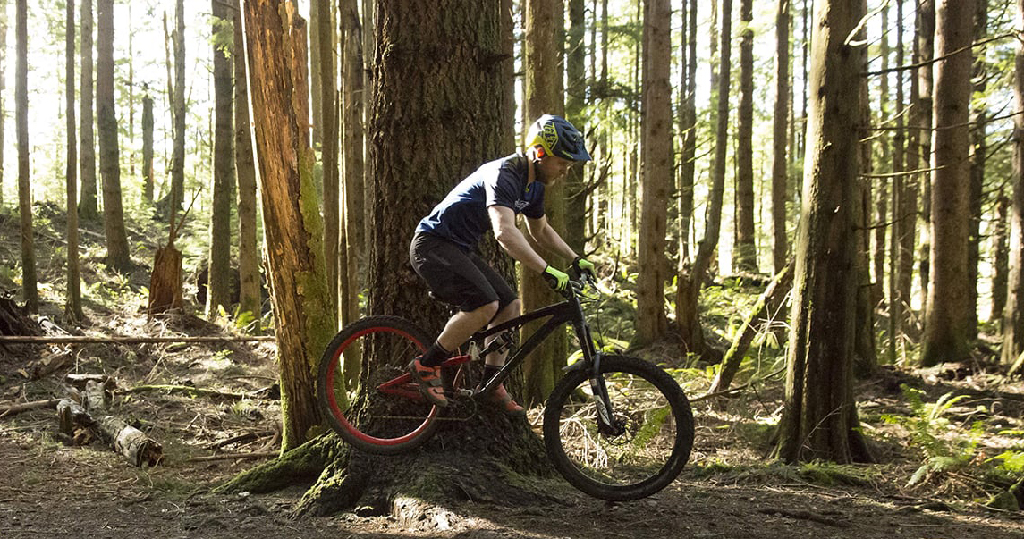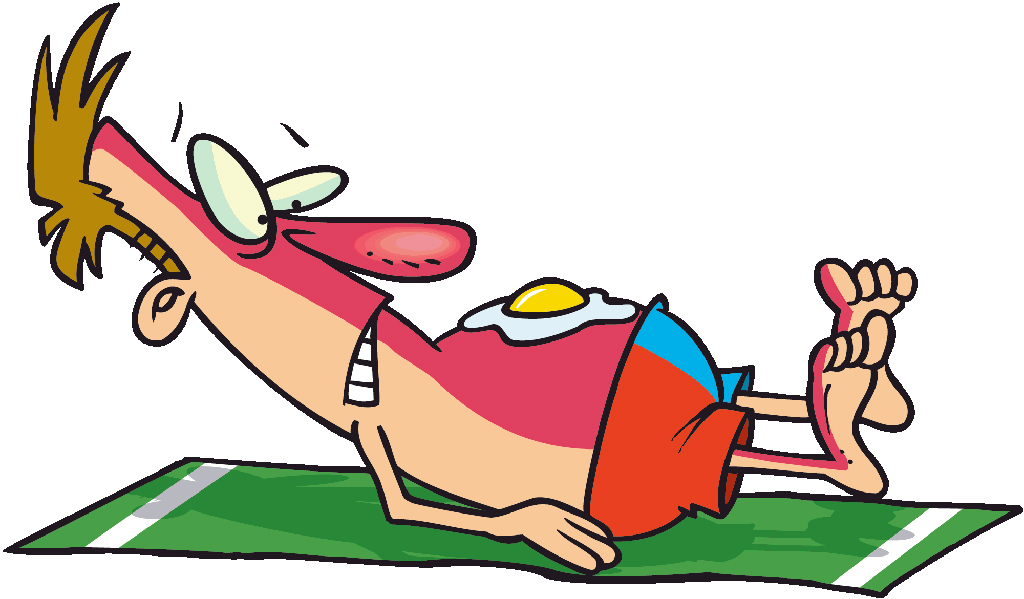Latest News
Share this post:
Is your bike seat uncomfortable? Comfort is a common issue, especially among new cyclists, and one option is to get a new seat that’s better suited to you.
How to Make Your Bike Seat More Comfortable
Before shopping for a new seat, consider these possibilities first:
Your seat may be too high. This can cause you to shift your weight from side to side, a movement that often results in irritation to the your sensitive perineal area.
Your seat’s angle may need fine-tuning. Seats are adjustable via the clamp right under the seat. Loosen the screw and the seat will tilt forward and back. Even a slight change in the tilt of the seat can relieve pressure. If your seat is flat and you experience discomfort, try a slight forward tilt.
Your riding style may need adjusting. Lots of bumps or long days on the seat can lead to perineum compression. To alleviate this:
-
-
- Stand up briefly on your pedals every 10 minutes or so.
- Stand slightly over bumps, using your legs as shock absorbers.
- Get a full-suspension bike (best for mountain biking) or a suspension seatpost (found on some recreational and commuting bikes).
-
What’s Your Type of Riding?
If you’ve decided you need a new seat, narrow your choices this way:
Recreational: If you sit upright while pedalling a cruiser, urban or commuter bike and prefer short rides, try a cushioning saddle. Wide with plush padding and/or springs, it sports a short nose and provides plenty of comfort. You can also opt for a seat post with springs, which will further cushion your ride.
Road: Racing or clocking significant road miles? Look for a performance saddle that’s long, narrow and sports minimal padding. During a ride, very little weight rests on your sit bones, while your tucked position requires as little extraneous material between your legs as possible for maximum power transfer and minimal chafing. New to road riding? Opt for a slightly softer saddle that will keep you comfortable while your body adjusts to hours of spinning.
Mountain: On mountain trails, you alternately stand up on the pedals, perch way back (sometimes just hovering over or even off of your saddle) or crouch down in a tucked position. Because of these varied positions, you’ll want a mountain bike-specific seat with padding for your sit bones, a durable cover and a streamlined shape that will aid your movement.
Touring: Long-distance riding demands a performance seat—or an all-leather seat —that falls between a mountain bike and road bike seat. You’ll want plenty of sit-bone cushioning and a fairly long, narrow nose.
Women-specific: With typically wider hips and ischial bones (“perch bones”) and smaller bodies, women generally benefit from women-specific seats designed to accommodate these anatomical differences.
Types of Cushioning
While any cushioned seat will provide comfort for your sit bones, the 2 most common cushioning materials react differently under weight.
Gel cushioning moulds to your body and provides the plushest comfort. Most recreational riders prefer this for its superior comfort on casual rides. Its downside is that gel tends to get compacted more quickly than the other option, foam.
Foam cushioning offers a pliable feel that springs back to shape. Road riders favour foam as it provides more support than gel while still delivering comfort.
A seat pad is an optional add-on that can be placed over the seat for additional cushioning. Though plush and comfortable, its padding is not as contained as is a seat that’s already padded, so it may migrate where you don’t need or want it. This is not an issue for recreational rides, but it could be for fast rides or for longer distances. If that’s your riding style, a pair of padded bike shorts or underwear may be a better investment.
Why the Center Slit in Some Seats?
Many bicycle seats are built to protect your perineum—the area between the sit bones, through which traverse a plethora of nerves and arteries. These saddles reduce or eliminate the material in the middle of the eat both relieving pressure on the perineum and providing airflow and comfort during long rides.
Because everyone’s anatomy is different, some riders find great relief with a perineal cutout; others use a seat that either has a small indentation in the saddle or no accommodation at all. This kind of pressure-relieving design benefits most men and women but is truly a personal preference.
Hard-to-fit riders might even want to consider a split seat: side-by-side cushions on a noseless seat.
Leather Seats
Most seats are made entirely of synthetic materials, from the moulded shell to the foam or gel padding and seat cover. They are lightweight and require little maintenance.
Others substitute a thin leather covering for a synthetic one, but they are otherwise similar in materials used.
Many riders (road, urban, touring and recreational) have come to appreciate the “earned comfort” and long life of a traditional all-leather seat. (Mountain bikers generally stick to well-padded seats to help cushion bumpy terrain.)
The secret to an all-leather seat’s comfort lies in its construction. One piece of top-grain leather is stretched and suspended between the rails of a metal frame. After you ride for about 200 kms, the leather moulds to your weight and shape. Like an old baseball glove or a trusty pair of leather hiking boots, the initial period of use includes some discomfort, but the end result “fits like a glove”—and you’ve earned it!
Leather seats may have perineum cutouts for protection and springs for added comfort. A bonus benefit: With no synthetic padding, the saddle stays cooler—a definite advantage on long, hot rides.
One downside, in addition to break-in time, is that a leather saddle is not waterproof, so it needs to be treated with a leather conditioner on occasion. This protects against moisture and against drying of the leather through UV exposure. Use a seat cover to prolong the life of your leather seat when not riding.
Bike Saddle Shopping Tips
Once you’ve considered your riding style and choice of materials, use the tips to narrow your choice further:
If possible, test ride a seat. Many stores, even if they don’t have the exact seat you want to test, will have something comparable that you can try. Vary positions, ride quickly and more slowly and hit some bumps.
Inspect the rails. These are the 2 bars that help attach the seat to the seat post. Most are made of chromoly, which is suitable and affordable for most uses. Performance riders prefer titanium rails—they’re strong, flexible, long-lasting and provide a smooth ride for many seasons.
Consider price. Seats have a wide price range. In general, prices rise as weight drops and materials improve. This is mostly due to gram-shedding materials such as titanium or performance-oriented leather. If the seat is hand-built or customised in any way, the price will reflect it.


 Collecting and Propagating Seeds
Collecting and Propagating Seeds China on a Plate: The Flavours of a Nation (with a Spotlight on Sichuan)
China on a Plate: The Flavours of a Nation (with a Spotlight on Sichuan) Kinesiology Cross Patches
Kinesiology Cross Patches Camaraderie On a Walking Tour…
Camaraderie On a Walking Tour… How E-Biking Has Transformed Biking Tours
How E-Biking Has Transformed Biking Tours








